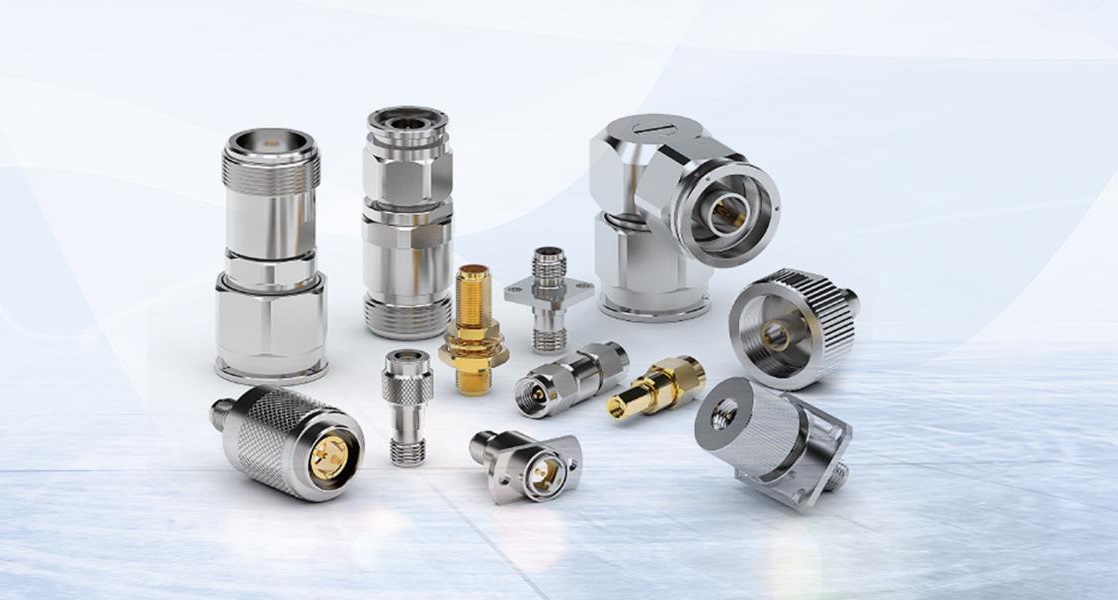Modern communication systems cannot function without RF coaxial connectors, which enable the transmission of high-frequency signals between devices. This in-depth manual will cover the fundamentals of the RF coaxial connector, including its design, operation, and applications.
What are RF Coaxial Connectors?
RF coaxial connectors safely and low-loss connect coaxial cables to electronic devices. Antennas, transmitters, receivers, and amplifiers use cylindrical connectors with male or female plugs and jacks.
Telecommunications, broadcast, aerospace, defence, and medical equipment require high-frequency signal transfer. These fields use RF coaxial connectors. SMA, BNC, N-Type, and TNC are popular RF coaxial connectors.
How Do RF Coaxial Connectors Work?
RF coaxial connectors create low-loss transmission lines between coaxial cables or electronic devices. The connector’s central pin connects the coaxial cable’s centre conductor. The outer conductor connects to the connector body, which grounds the electronic device.
A coaxial cable transmits an electromagnetic field between the inner and outer conductors. Cable central conductors carry this electromagnetic field. The cable’s outer conductor shields signal from electromagnetic fields.
The connector’s design ensures signal integrity through the coaxial cable. To prevent signal loss, the connector’s contact resistance must be low, and its impedance must match the cable’s. Mechanically secure and stable connectors prevent signal distortion from movement or vibration.
Types of RF Coaxial Connectors
There are many different RF coaxial connector types, each with advantages and disadvantages. The most typical types include:
SMA Connectors
SMA screw-on connectors can operate up to 18 GHz. Test equipment, Wi-Fi antennas, and GPS devices use them. SMA connectors are 50-ohm male and female.
BNC Connectors
Bayonet-style BNC connectors operate at 4 GHz. CCTV systems, oscilloscopes, and audio amplifiers use them for video and audio applications. Male and female BNC connectors have 50 or 75-ohm impedance.
N-Type Connectors
N-Type connectors are large 18-GHz screw-on connectors. Cell towers, broadcast antennas, and radar systems use them. Male and female N-Type connectors are 50 or 75 ohms.
TNC Connectors
TNC connectors are 11 GHz-threaded. Avionics, radar, satellite communication, and other military and aerospace applications use them. Male and female TNC connectors have 50 or 75-ohm impedance.
Choosing the Right RF Coaxial Connector
For a given application, selecting the proper RF coaxial connector requires consideration of the following factors:
Frequency Range: The connector’s frequency range should match the transmitted signal’s frequency range. A connector with a frequency range that is too high can be unnecessary and expensive, while one with a frequency range that is too low can result in signal distortion and loss.
Impedance: The impedance of the connector, the coaxial cable, and the electronic device to which it is connected should all be the same. The impedance values 50 ohms, and 75 ohms are typical.
Insertion Loss: The signal loss that happens when a signal travels through a connector is referred to as insertion loss. To keep the signal’s integrity, a low insertion loss is ideal.
Power Handling: The amount of power that can be securely transmitted through the connector without causing damage is referred to as the connector’s power handling capacity. The size, design, and materials of the connector all affect its ability to handle power.
Environmental Conditions: When selecting an RF coaxial connector, the environmental circumstances of the application should also be taken into account. Temperature, humidity, and exposure to chemicals or radiation are just a few variables that can have an impact on a connector’s performance and longevity.
Conclusion
In light of their ability to transmit high-frequency signals between devices, RF coaxial connectors are crucial parts of contemporary communication systems. RF coaxial connectors can offer a safe, low-loss connection that protects the integrity of high-frequency signals in a variety of applications with the right choice and installation.
